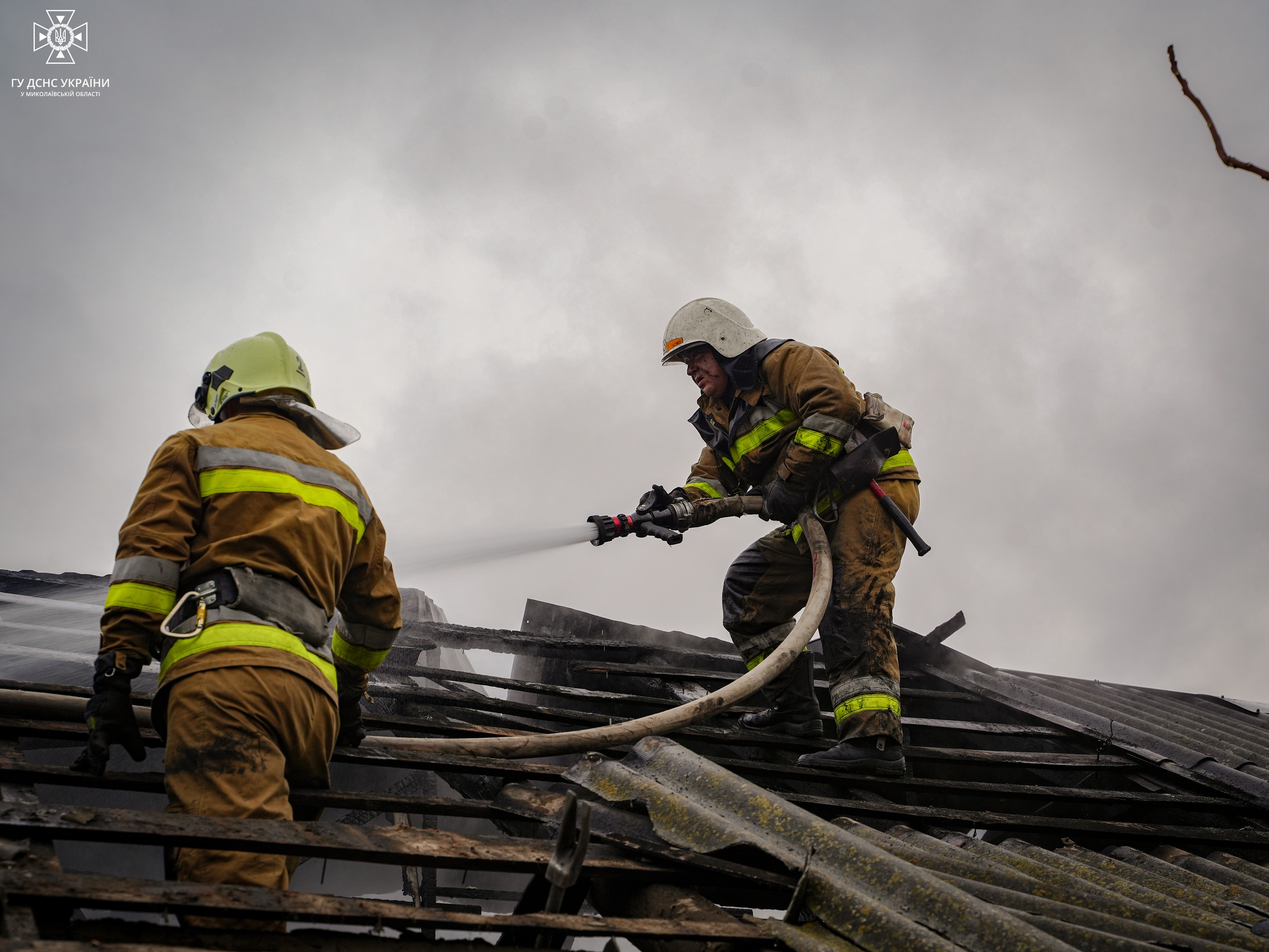The Ministry of Internal Affairs changed the approaches in the work of rescuers after the Russian strikes
- Yuliia Boichenko
-
•
-
22:13, 14 April, 2024
The State Emergency Management Agency changed its response protocols after the Russian attacks. In particular, the updated requirements concern body armor and the number of rescuers.
This was announced by the Minister of Internal Affairs Ihor Klymenko in an interview with Yedyni Novyny, Hromadske writes.
Changes regarding the involvement of the State Emergency Service forces concern engineering equipment, special equipment and rescuers.
«We've completely changed all response protocols, starting with what body armor our rescuers have to wear. At the beginning of the war, [even] a few months ago, we lost several rescuers due to the fact that the body armor did not cover the entire body,» the minister said.
Other changes include an increase in the number of emergency personnel working at height. So, at the beginning of 2024, there were 150 of them, and now there are already 500. They also expanded the divisions that deal with the elimination of consequences at oil and gas industry facilities.
According to Ihor Klymenko, the rules of response in the Ministry of Internal Affairs are created by themselves.
«I can't say that this is some kind of know-how. It is simply a response to the challenges of life, to the challenges of this war. We wrote these rules because of our mistakes in the first months of [full-scale] war, because of the deaths of our colleagues, our brothers, and we continue to write them today,» he emphasized.
In addition, the head of the Ministry of Internal Affairs noted that the demand for engineering equipment has increased in Ukraine, in particular for the construction of fortifications and demolition of rubble. For two years, the necessary equipment was mostly transferred by international partners, and now Ukraine is launching its own production.
It will be recalled that the Minister of Internal Affairs Ihor Klymenko instructed to analyze the algorithm of emergency services after the Russian shelling in Odesa on March 15, where rescuers, policemen and a paramedic were killed.
However, these are not the only shellings, as a result of which employees of the State Emergency Service were injured. In particular, at the end of March, Russia attacked Kharkiv, among the injured was a rescue worker. And on the night of April 4, as a result of drone attacks on Kharkiv, three rescuers were killed, and another was injured.
